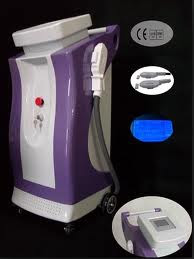Dermatology has exposed that approximately partially of all patients who undergo a heart transplant end up getting skin cancer within 15 existence of the surgical procedure. Among the 312 people evaluated in the study, 1,395 different skin cancers emerged following surgery.
Whenever a body part is surgically implanted, the body recognizes it as a distant object and proceeds to attack it. Patients who undergo organ transplant usually have to take immune suppressant drugs for the rest of their lives in order to prevent the body from rejecting the organ. These drugs increase patients' risk of developing cancer and other serious diseases.The Mayo Clinic study evaluated what types of skin cancers emerged following a heart transplant and found that all sorts of skin cancers, from minor to fatal, afflicted patients. While relatively rare, researchers discovered that some patients developed malignant melanomas, the most serious type of skin cancer. One study participant died from malignant melanoma.
A 2005 study published in the journal CANCER revealed that patients who undergo kidney transplants are four times more prone to getting melanoma. As patients age, that risk continues to increase due to the long term immune-suppressive action of the drugs. Other studies have found that organ transplant patients are at a higher of developing all cancers, not just skin cancer.
Many doctors are encouraging patients who have undergone transplant surgery to perform self evaluations on a regular basis to identify the presence of skin cancer. By finding it early, the majority of skin cancers can be eradicated. Some also recommended that post surgery patients be screened regularly to help catch a developing cancer as early as possible.
Amazingly, some experts believe that the increased cancer risk following surgery highlights the amazing success of contemporary transplant surgery techniques. Their logic concludes that since surgery prolongs a person's life, those extra years allow additional time for future problems to materialize that would have otherwise been unable to.
While it may seem like a great success to have developed advanced ways of transplanting organs, many may argue that having to take potentially life-threatening drugs in order to keep the organs functioning is actually an ironic failure. Not every transplant patient will end up getting cancer but a great many will live out the rest of their days in poor health due to severe drug side effects.











